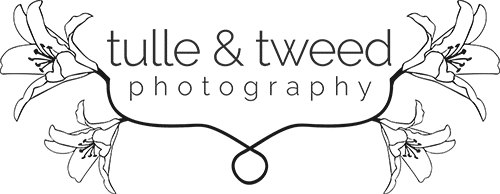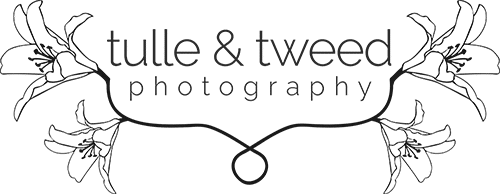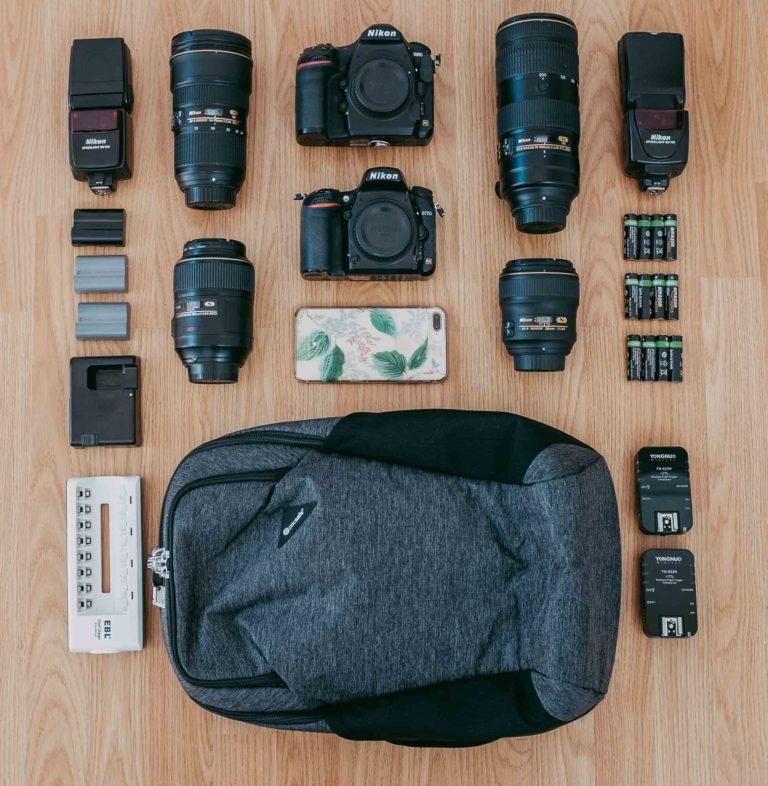What’s in My Bag 2 – Wedding & Portrait Photography | Victoria Wedding Photography
This is the second part of our two part “What’s in My Bag” post, since we hadn’t done one in a while and lots of our photography gear has been upgraded. It took me over 8 years to finalize my perfect kit for destination wedding photography and all of these items have a very specific purpose. Here is the what and why of my wedding and portrait camera bag (and links to each item – I don’t make any money off these links)! Be sure to check out the first post – What’s in My Bag – My Destination Wedding Kit.
This photo is a full image of all of the gear I may or may not use on a wedding day (I will put *Always) with each item that I absolutely bring to every session. The rest usually come to weddings, but can be a bit cumbersome for portrait sessions.
Weddings & Portraits
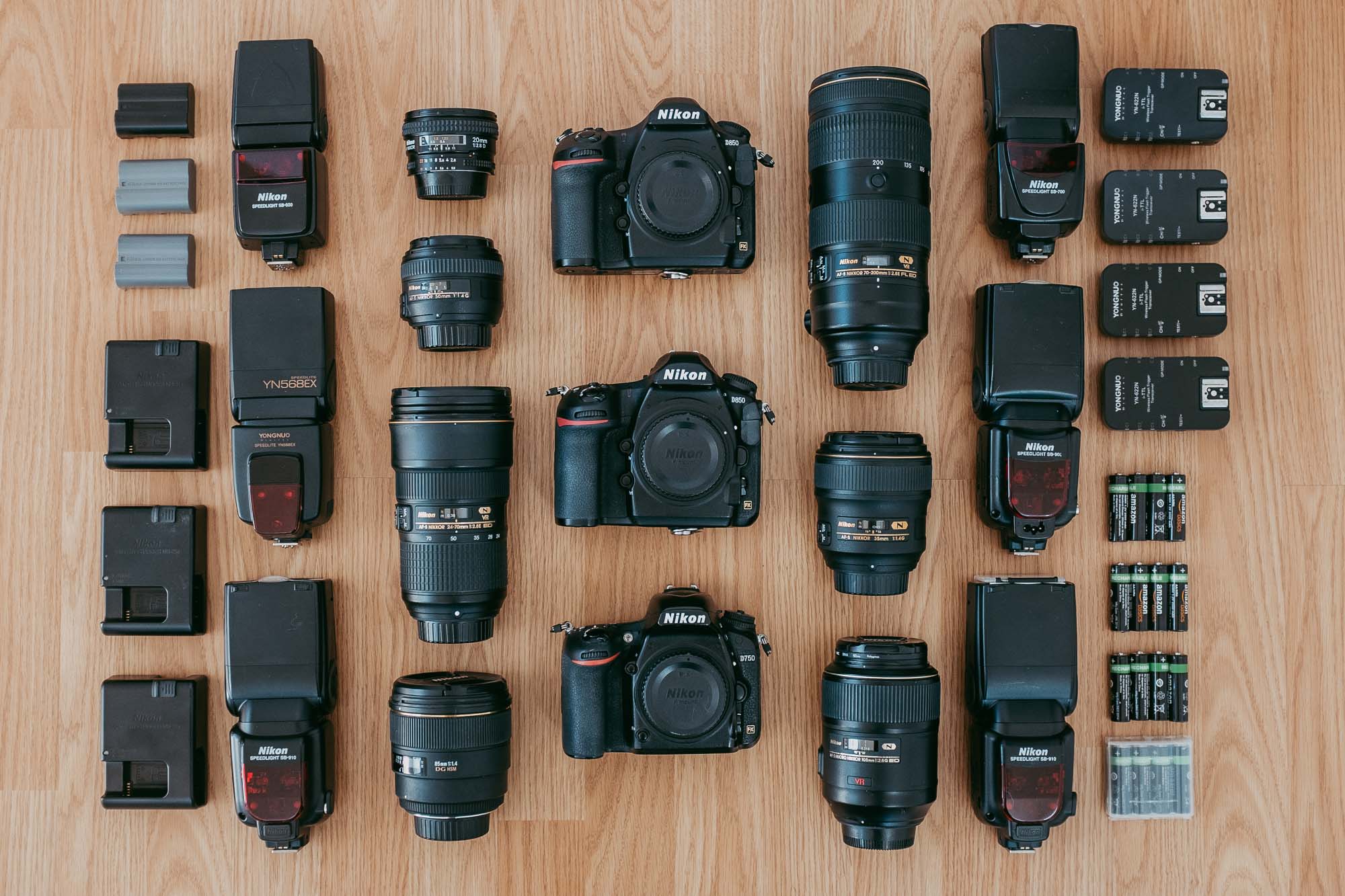
The Bag *Always:
The Why:
This bag is super durable, but also really comfortable to wear while shooting. It’s super light and easy to access everything inside. I searched high and low for a bag that could hold my primary gear so I could throw it on my back and go (including my massive lenses I bring everywhere). It has held up pretty well in the last year, and has water bottle pouches on the sides – great for water, phone, keys, glasses. It has a zipper compartment on the front where I keep quick access things like lens cloths, an extra battery, extra memory cards, and has two loops for attaching a tripod (I don’t use a tripod ever though). The back of the bag has a laptop compartment as well which holds my 15″ Macbook Pro, and underneath the bag there is a built in rain cover tucked stealthily away.
I couple this bag with one of a few other options for weddings/commercial shoots:
- A small Tamrac bag which holds my flashes and extra batteries, and a laptop if needed
- My Lowepro ProRoller X200 AW which holds a ton of extra gear but is a beast to carry around – and very heavy to lift when full
- My roots small camera backpack which holds the essentials like flashes and batteries. It’s a bit lighter than the others and just depends on my mood.
Nikon D850 Camera Bodies x 2 *Always
The Why:
This full-frame camera body is a workhorse, meaning it’s super fast and super reliable. It is a bit heavy, but it’s worth the added weight for everything it can do. It also has built in video stabilization, which I love when doing wedding highlights or lifestyle videos for clients. It’s also wonderful in low light. (weighs 915g). As a pro body, it is coated for weather meaning I can shoot in rain if needed (to an extent). I carry two of these on my body at all times when I am shooting with a dual camera harness.
The Why:
This body is backup to my two D850s for weddings. This camera is also a fabulous body, great in low light situations and also takes video (albeit without stabilization). (weighs 750g). Similar to the D850, it is coated for weather. All pro photographers should have two bodies minimum for shooting professionally. If you do not, renting one is always an option. I shoot with two minimum, so three is a must.
Nikon Nikkor 70-200mm f2.8 G ED VRII Lens *Always
The Why:
This lens is massive, heavy and a pain in the rear to carry. BUT, it’s also a super reliable workhorse lens that creates a really beautiful professional look. It’s bokeh is beautiful and it’s super quick to focus. It allows me to photograph portraits without any distortion of faces, and is also coated for weather. This lens gets used a lot for couples portraits/bride and groom portraits, details, and ceremony/reception events. It also has second level Vibration Reduction for video. When combined with the D850 it’s video magic. (1540g)
Nikon Nikkor 24-70mm f2.8 E ED VR Lens *Always
The Why:
Another beast of a lens. It is similar to the 70-200mm in features but differs in that it is a wider lens. It is great for more environmental photos, ceremonies, full room shots at receptions and portraits of grousp of people. It’s the near perfect everyday lens. It also has Vibration Reduction for videography. (1070g)
Nikon Nikkor 105mm f2.8 Micro (Macro) Lens
The Why:
This lens doesn’t always get a ton of use – but when it does, it’s a lens that gives me results I can’t get with the others. It allows super close macro focus (Nikon calls it Micro), at 1ft. As a telephoto lens (super up close from far away), it allows you to get beautiful detail shots of rings, flowers, or anything else you like getting minute details of. The reason I bring it, is that is also doubles as a backup to my 70-200mm lens if anything were to happen (dropping for example – knock on wood). (This lens weighs 720g, but it also has Vibration Reduction). The downside of this lens is that it stops down as you zoom closer, meaning the aperture shifts from 2.8 to a tighter aperture depending on your focus distance. I use this sparingly, but there’s a reason I keep it around.
Nikon Nikkor 35mm 1.4 G Lens *Always
The Why:
This lens is light, fast (1.4 aperture) meaning more lens blur in the background, and reliable. It’s considered a semi-wide lens. I don’t use it a ton, but when I do I am super happy with the results. It’s also a good walkaround lens, but doesn’t zoom in or out (a prime lens). It’s used if I want to incorporate more of the scene for portraits. It is a great backup to the 24-70mm lens, or vice versa as they can both shoot at the 35mm focal length. It’s also great if I have very little light to work with, as the 1.4 aperture allows much more light in than the 24-70mm at f2.8. This helps for dark receptions, or more creative shots. (weighs 600g)
Sigma (for Nikon) 85mm 1.4 Lens *Always
The Why:
This lens is light, fast (1.4 aperture) meaning more lens blur in the background, and reliable. It’s considered a portrait lens. I also don’t use it a ton as a primary shooter. It creates a lot of lens blur in the out of focus areas, which is beautiful but can be tricky for focus at this focal length. It, like the 35mm doesn’t zoom in or out (a prime lens). It is a great backup to the 70-200mm lens, or vice versa as they can both shoot at the 85mm focal length. It’s also great if I have very little light to work with, as the 1.4 aperture allows much more light in than the 70-200mm at f2.8. This helps for dark receptions, or more creative shots. (weighs 725g)
The Why:
This lens NEVER gets used, but I am paranoid so I bring it to most weddings I go to. It’s beautiful and soft in the background like the 35/85mm lenses, but I find it a little boring to shoot with. Technically, if every single one of my other lenses failed, this lens could shoot an entire wedding and do the job well enough. That brings me inner peace, so I bring it along anyway. It’s also SO light in comparison to my other lenses, and although it feels like a baby that just learned to crawl, it can perform just as well/fast as the others. I should use it more, because wrists don’t like 10lbs of weight on them at all times. (weighs 280g)
The Why:
This lens is the newborn baby of my kit, despite being the oldest. It has one very specific use: super wide shots I can’t get otherwise. It’s not the most reliable for focus, it has distortion around the edges, but it weighs next to nothing and is itty bitty. I bring it for real-estate jobs more than anything, but it’s okay for tight ceremony spaces or a bit of a wider creative look. It’s slow to focus so it’s use has to be really intentional. It comes along sometimes. Not always.
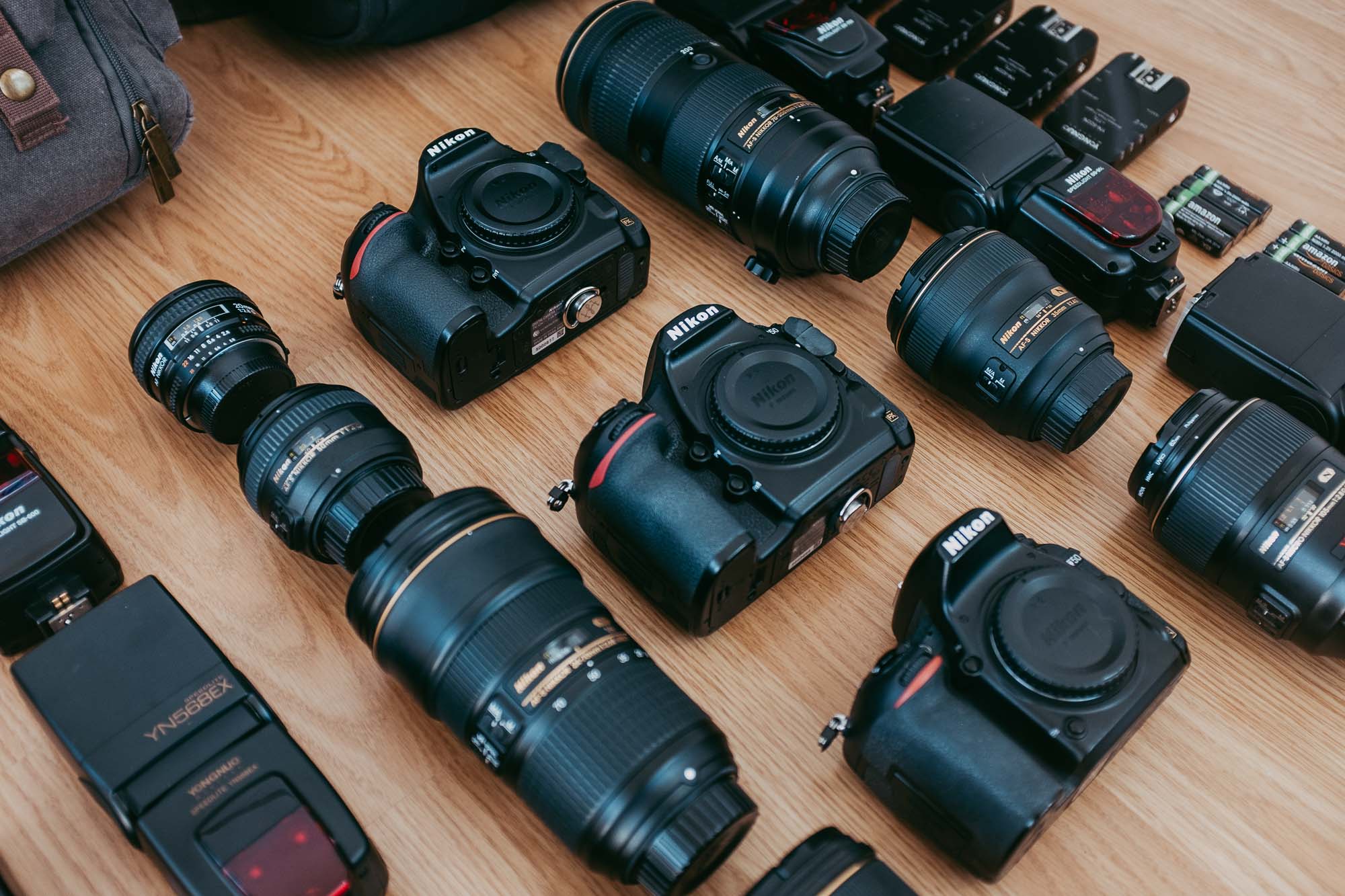
Nikon SB910 x 2 + SB 900 + SB 700 Speedlight Flashes
The Why:
Flashes are a must have for any event photographer or wedding photographer who is shooting in dark environments (reception rooms, outdoors with candlelight or string lights). I bring along my two BEST flashes when I shoot weddings. They are the most powerful tools in my arsenal because I know how to use them. I will bring 3-5 flashes to any event, two are usually on my camera, and 1-3 are off camera and triggered by the Yongnuo Transceivers in the photo (YN 522N iTTL). This allows for those epic first dance shots, or lighting up rooms and faces during speeches without blasting giant softboxes in peoples faces.
Accessories
Camera Batteries *Always: Whenever I shoot, I bring an extra battery charger for my camera batteries (Nikon brand, EN-EL15a’s if possible). I usually have one in each body, and 4 extras for weddings. Batteries can fail, so backups are mandatory.
Flash Batteries: I will bring along 24-36 rechargeable AAs and a quick charger that can charge 8 batteries at a time. I prefer using these to disposable batteries for 1. cost, and 2. the environmental impact.
Lens Cloth: For wiping my lens, sometimes clothing does the trick in a pinch.
Memory Cards *Always: I bring lots of memory cards just in case any fail. It has happened. Each camera has two memory cards in it, backing up from the first card to mitigate loss if anything was to happen. Cards DO fail, regularly. If you are a photographer aren’t using your dual slot, you need to be. Trust me. I also don’t delete my cards until weddings and sessions have been delivered and downloaded by the client (3-4 backups).
External Hard Drive: I bring my trusty SanDisk 500GB external drive which is super light weight and small. This goes regardless of where I shooting when I have a second or third photographer working with me. If I don’t, I leave it at home. Images are temporarily stored on this until I back them up.
Macbook 12″: This laptop comes if I have another photographer or two with me. It’s super light (I also bring it when I travel), and allows me to backup the other shooters photos onto my hard drive. It fits in both my backpack and my alternate bags. It’s also my backup to my iMac and MacBook pro computers which I use for editing.
Phone *Always: iPhone 8Plus. This is generally with me as it’s so easy to do behind the scenes videos, photo or just snap a few photos here and there when the camera is too cumbersome. It also holds my shooting schedule, client questionnaire, contacts and lets me keep in touch with my clients. I also have a trusty app which tells me where and when the sun sets every day, so it’s a huge help for golden or blue hour photos and location planning.
